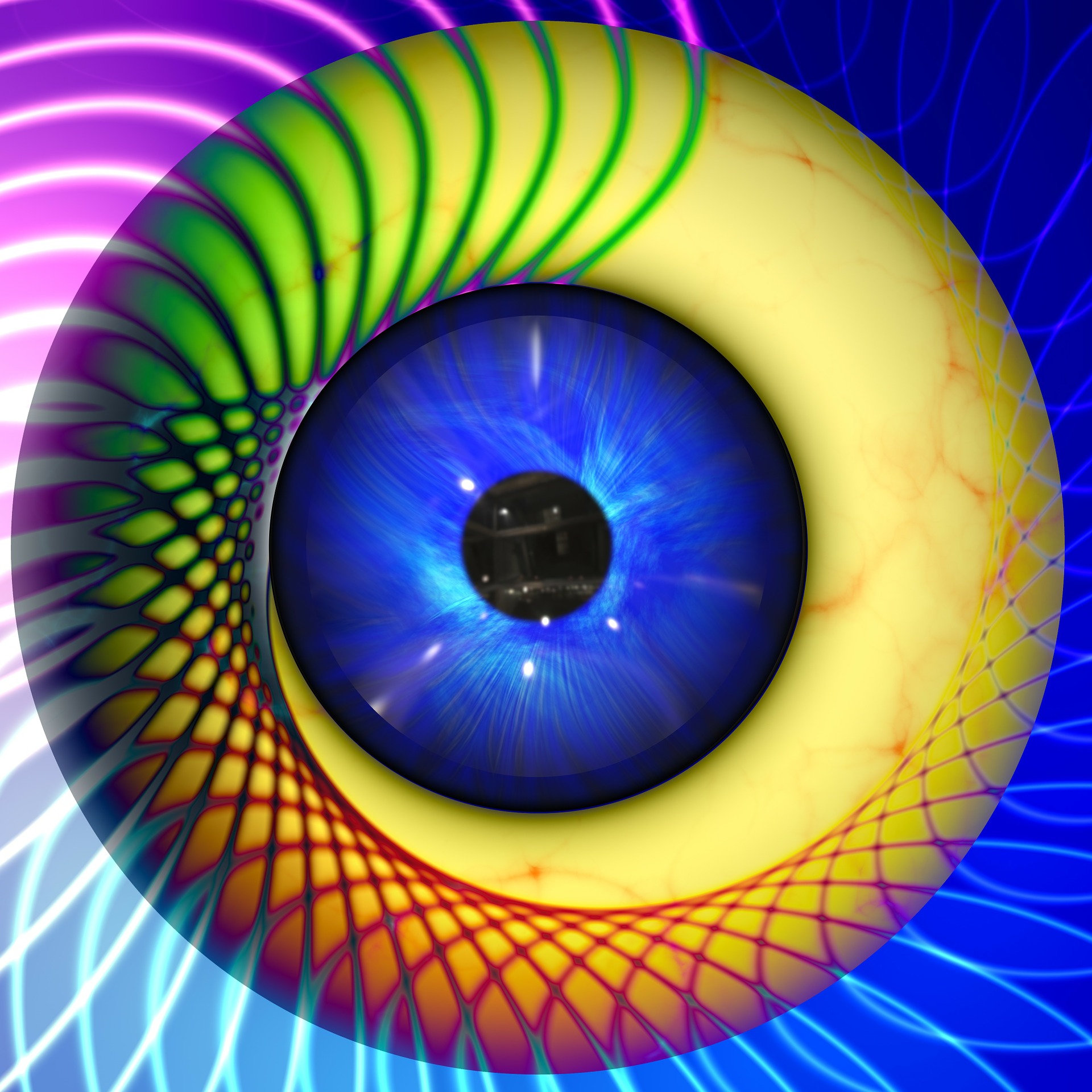Eye
Movement
Desensitization
& Reprocessing
Eye Movement Desensitization & Reprocessing is also known as EMDR
What is EMDR?
According to the American Psychological Association:
(Eye Movement Desensitization and Reprocessing) EMDR Therapy
Is a structured therapy that encourages the patient to briefly focus on the trauma memory while simultaneously experiencing bilateral stimulation (typically eye movements), which is associated with a reduction in the vividness and emotions associated with the disturbing memories.
EMDR takes the action of rapid eye movement that we have in dream sleep, known as REM (rapid eye movement) and has been brought into conscious waking hours where a client, with the help of the therapist, brings up a disturbing or traumatic memory and through the process listed below eye movments are used or other bilateral stimulation is used such as alternating tones, or alternating tactile stimulus. This in turn allows the two hemispheres of the brain to be stimulated alternately that allows Accelerated Information Processing (AIP), this is where the brain relearns, reprocessing material in the brain to bring about a resolution.
Francine Shapiro (psychologist) developed EMDR therapy to be structured having 8 phases of treatment which facilitates a very systematic type of therapy providing good quality therapeutic results. EMDR is a good sound therapy. More information can be found on emdria.org or emdrcanada.org.


What can EMDR Therapy be used for?
EMDR therapy is used for numerous issues but is specfically known to help your brain reprocess that which has not been able to do so on its own. The EMDR procedure was initially known for its effectiveness for alleviating post-traumatic stress disorder (PTSD). But, EMDR is now known to be used for a wide variety of applications and situations such as various anxities including: phobias,[1] and test anxiety,[2]. Also, EMDR has proven to be effective at times with dermatological disorders[3] and pain management.[4]. EMDR is used for both processing truama, integrating needed material for the brain, and life enhancemnt applications. EMDR is also known to be effective and useful for life enhancement or performance enhancement in such areas as: sports, writing, selling, public speaking and much more. EMDR can be used for almost anything.
What does EMDR Therapy look like?
History and Treatment Planning
Preparation
Assessment
Desensitization
Installation
Body Scan
Closure
Re-evaluation
Frequently asked questions about EMDR Therapy

 Written by: James A. Miklos, M.C.C., R.P. - James has been counselling, and providing psychotherapy for over 30 years, is a public speaker and writer.
Written by: James A. Miklos, M.C.C., R.P. - James has been counselling, and providing psychotherapy for over 30 years, is a public speaker and writer.


